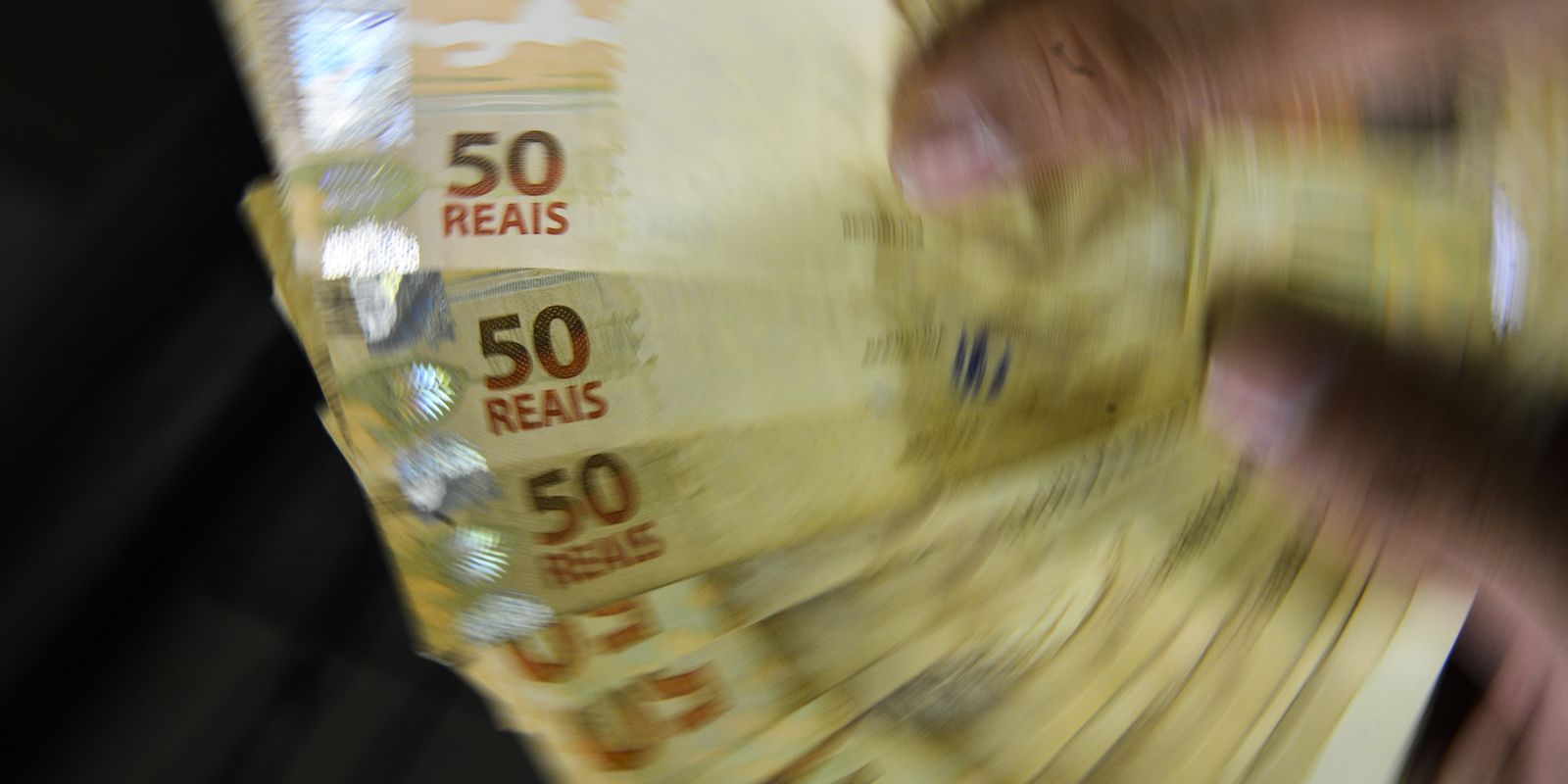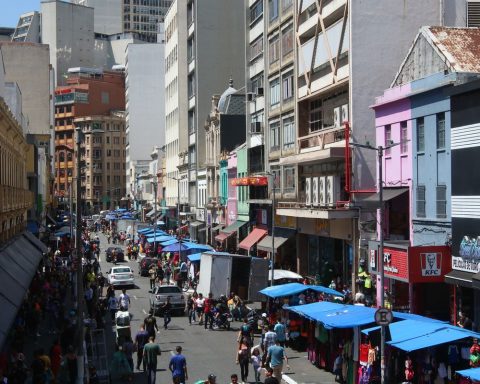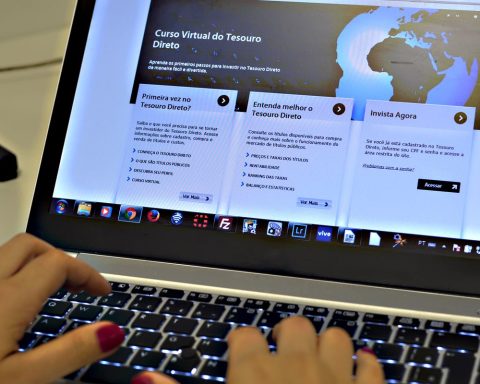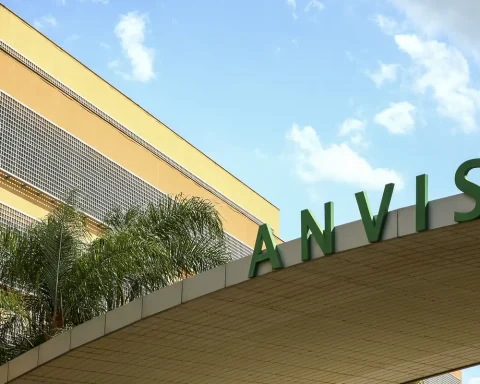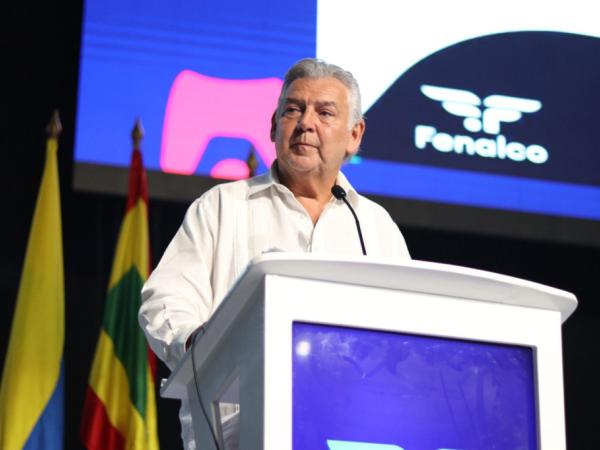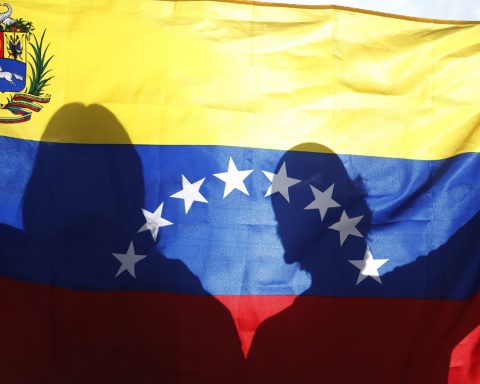The Institute for Applied Economic Research (Ipea) raised estimates for the Broad National Consumer Price Index (IPCA) from 4% to 4.4%, and the National Consumer Price Index (INPC) from 3.8% to 4 .2%, Ipea released this Thursday (26) updated projections for Brazilian inflation in 2024.
“The analysis of Ipea’s Macroeconomic Studies and Policies Directorate is that the Brazilian inflationary environment has become less favorable, thus generating an increase in inflation expectations. Faced with a stronger performance in the level of activity and its impacts on a heated labor market, the acceleration in the prices of free services, combined with the effects of exchange rate devaluation on tradable goods and new sources of pressure on the prices of food, energy and fuels, signal that the disinflation process of the Brazilian economy tends to be slower than projected in the last quarter”, says the institute.
In August, Brazilian inflation registered an increase of 4.2% in 12 months, reflecting, above all, the adjustments of 5.2% in free services and 5.6% in administered prices. In relation to administered prices, the adjustments in gasoline (8.7%), health plans (8.7%) and medicines (6%) can be identified as the main sources of inflationary pressure in the period.
According to Ipea, although to a lesser extent, the increases in food and industrial goods reflect the acceleration of wholesale agricultural and industrial prices, reflecting the increase in raw material costs, caused both by the acceleration of commodity prices in the international market, as well as the strong exchange rate devaluation.
In relation to free services, there is inflationary pressure due to increased demand and increased labor costs, both resulting from a more dynamic labor market.
“From this more challenging context, even in the face of a scenario of less pressure on food prices, the worsening of the trajectory of free services, industrial goods and administered prices, in relation to previously projected, generated an increase in projections for the inflation in 2024”, informs Ipea.
As for food at home, considering the pressure caused by the effects of the drought on the production of cereals, meat, fruits and vegetables, the forecast inflation rate rose from 5.9% to 5.6%, reflecting the inflationary relief coming from the fall of 2.3% observed in the July-August two months. The inflation rates for industrial goods and free services, projected for 2024, accelerated from 2.1% and 4.6% to 2.4% and 5%, respectively, reflecting, in both cases, the increase in production costs, combined with maintaining demand at a high level.
The estimate for administered price inflation in 2024 was also high, rising from 4% to 4.7%, driven by the increase in fuel and electricity, the effect, in the first case, of the increase in oil prices and the exchange rate devaluation. , and in the second case, the drought on the level of the reservoirs, generating the need to activate higher tariff flags.
According to Ipea, several factors contribute to risk scenarios for inflation in the short term: the intensification of international conflicts and their effects on commodity prices in the foreign market, in addition to new exchange rate devaluations caused by the worsening of the fiscal environment and the Prolongation of the effects of the drought on food and energy production could trigger a worsening of the inflationary scenario.
“Still, for 2025, the projections of the Ipea Conjuncture Group indicate that the process of inflationary decompression may occur, given an exchange rate appreciation derived from this interest differential. Combined with the improvement in weather conditions, with the possibility of a more benign inflation trajectory for industrial goods and food, the inflation forecasts for 2025 made by researchers are 3.9%, measured by the IPCA, and 3. .8%, measured by INPC”, concludes Ipea.
